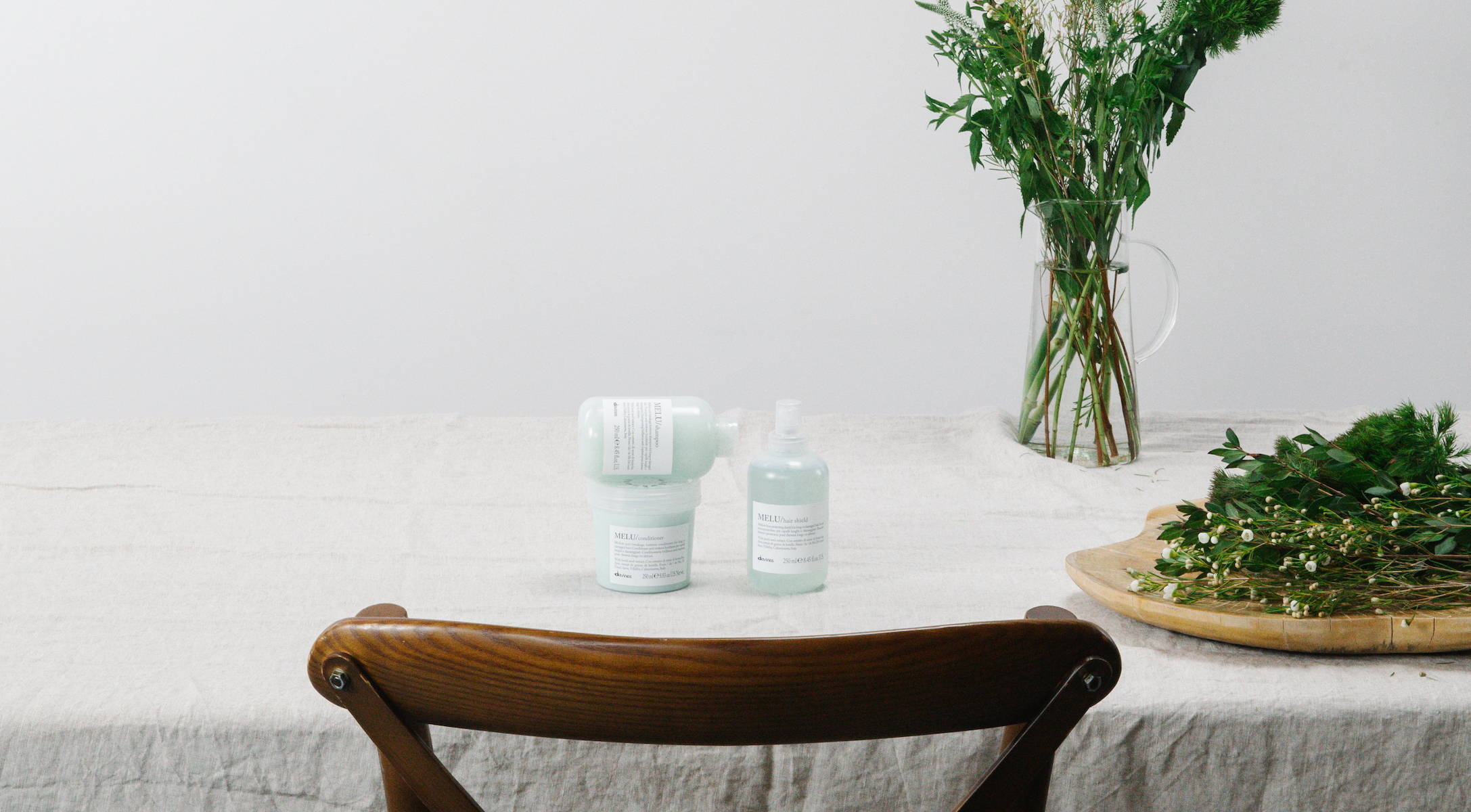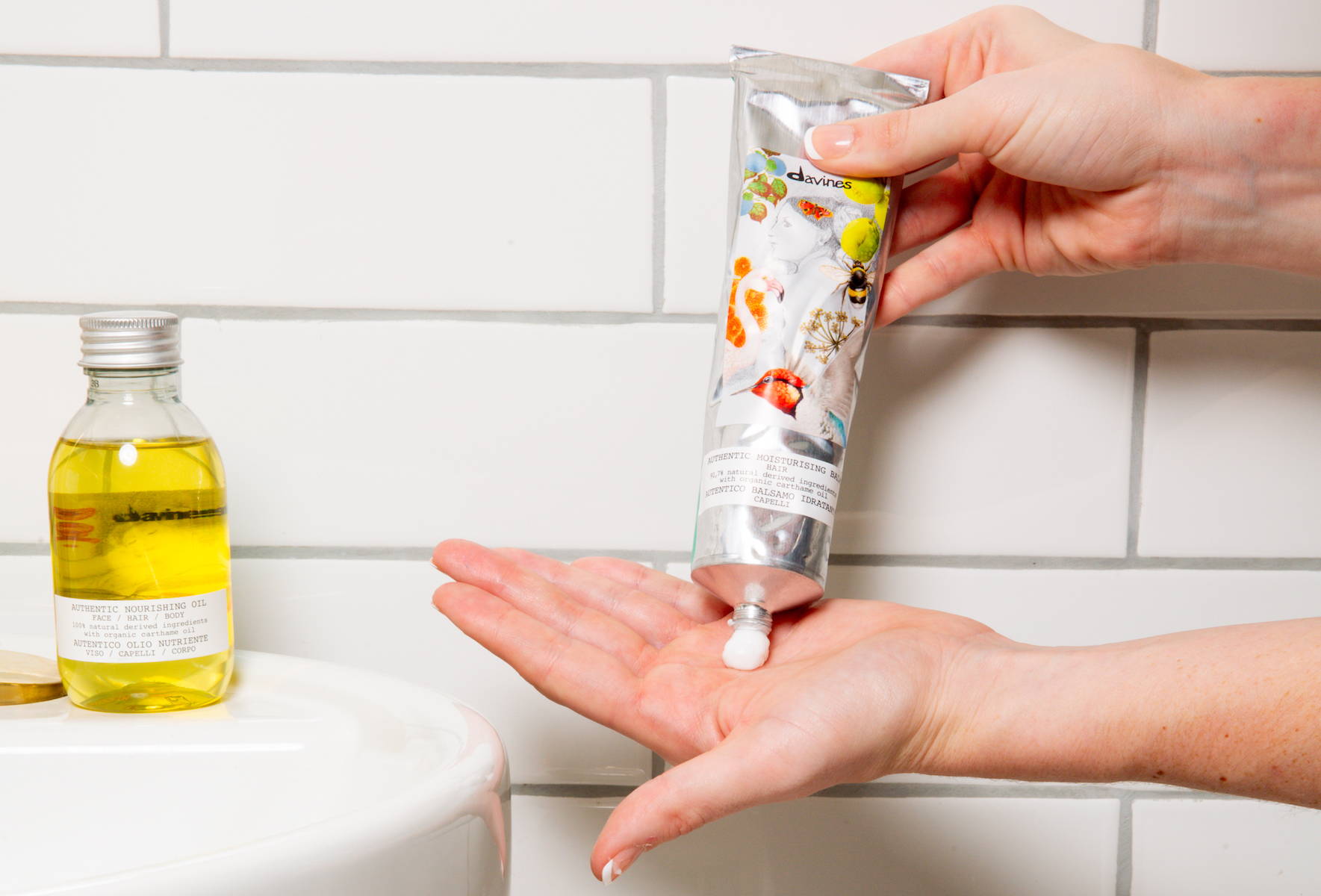So what is brittle hair? Brittle hair is a combination of dull, frizzy and dry hair. The most common signs and symptoms of brittle hair include excessive dryness, dullness, and an increased tendency to break. Brittle hair doesn't mean your hair is thinning.
Brittle hair tends to break from the middle of the hair strand, whereas in thinning of hair, it comes off from the root. Naturally textured and curly hair is more prone to becoming brittle. These hair types typically don’t have as smooth a cuticle, making them rougher to begin with. It’s also harder for the natural oils in your scalp to travel all the way down curly strands, making them innately drier. Proper hydration is a must for hair health. And while nutritional deficiencies and hormonal imbalances can make it worse, inadequate moisture in the hair shaft is ultimately what leads to brittleness. By now you’re probably wondering, can brittle hair be repaired? Luckily, the majority of things that contribute to brittleness are external factors and things that are in our control. Ahead is everything you can do in order to avoid those factors and keep your strands from snapping.












Leave a comment
Comments will be approved before showing up.